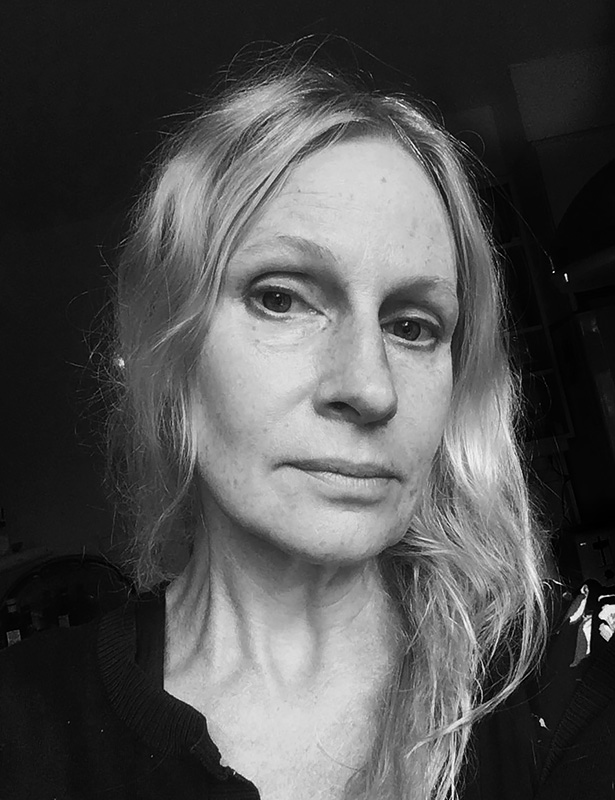Monika Macdonald was born in 1969 in Sweden. She moved to Stockholm where she studied photography after graduation.
In 2001 she settled in London and worked as a freelancer, primarily making reportage for newspapers and magazines. She returned to Sweden in 2007 and ever since has focused on working on self initiated projects.
In her thick photographs, plenty of souls and flesh, inhabited by strength and vulnerability, Monika Macdonald breathes an unusual eroticism into photography that provokes a vision of interiority rather than fantasy. They invite us to observe moments of abandonment as well as introspection where distant (and yet concrete) beings are grasped in their daily lives as desiring subjects rather than objects of desire. Here the intimate is suggested, and something of the neglected order of existence surfaces. Monika Macdonald shows what remains in the absence, the flesh of everyday life: meeting, abandonment, taste for solitude... The bewitchment of her images lets us penetrate beyond the visible and glimpse this intimacy that is usually killed.
"I don't like the idea of taking pictures that much. But I always come back to it. There are no words to describe the feeling of being close to something. That's why I keep going. I oscillate between different worlds to which I try to link myself. My images are memories. To access a sense of loneliness and vulnerability. To be admitted beyond reason, far from what is called reality."
Source: Galerie VU'
In Absence is a series of images portraying women in their strive to find their own identity in a solitary life.
Hulls is a photographic essay about my meeting with the man in a space, without limitation. An intimate room for losing self control. Book to be published beginning of 2020 by André Frère Éditions, France. Edited by Art Director Greger Ulf Nilson.
